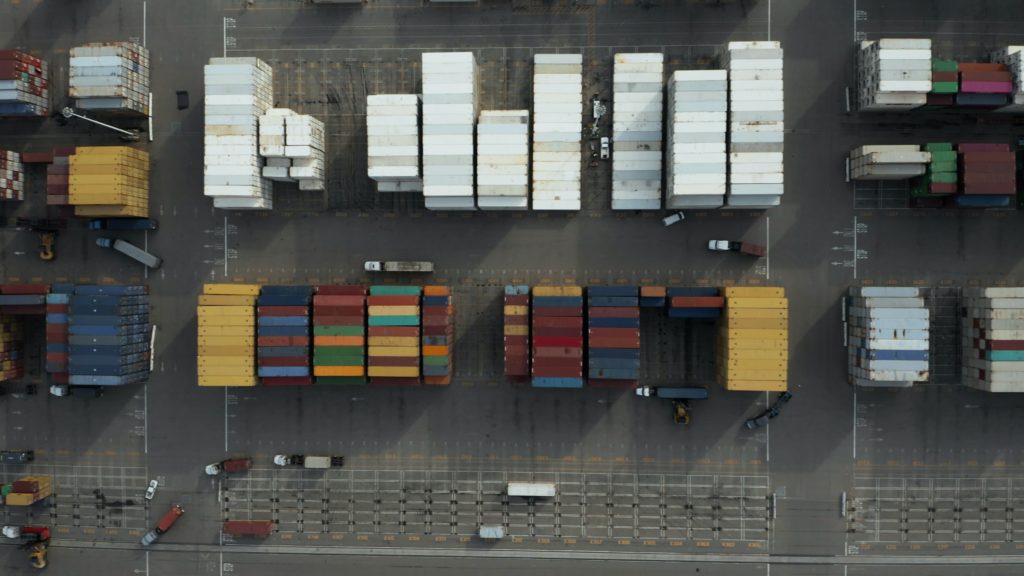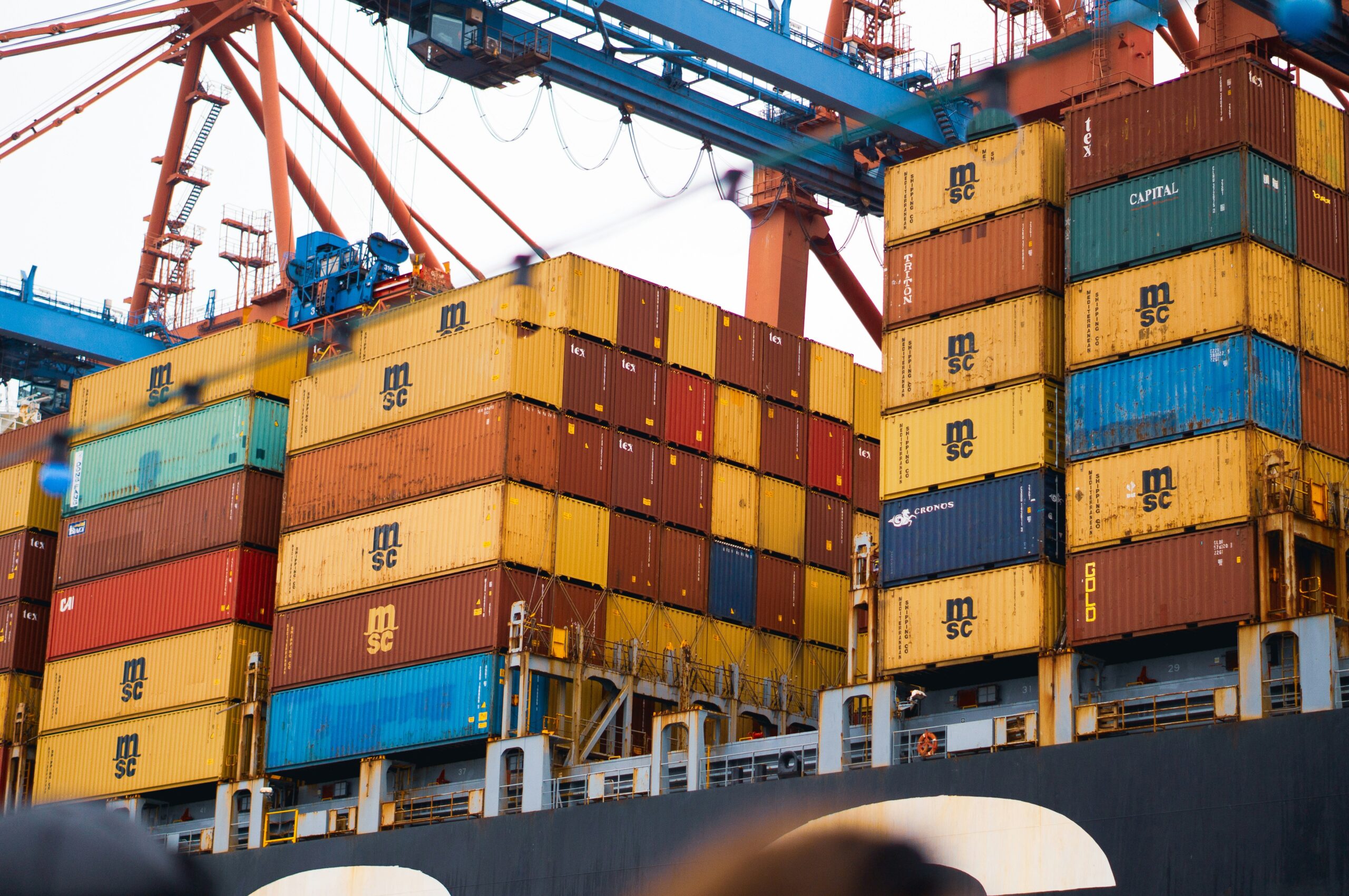As a result of the Uruguay Round discussions, the General Agreement on Trade in Services (GATS), a treaty of the World Trade Organization (WTO), came into effect in January 1995. In the same manner, as the General Agreement on Tariffs and Trade (GATT) offers a similar structure for trade in goods, the pact was developed to extend multilateral commerce to the service sector. The GATS is a contract that is a party to all WTO members. The GATS also adheres to the fundamental MFN premise of the WTO.

Historical background
While removing trade barriers is the main objective of GATS, members are free to decide which sectors will be gradually liberalized i.e. marketized and privatized. They decide which mode of supply would apply to a specific sector, and to what extent this liberalization will take place over a specific period. Ratchet effects govern the obligations of members; once obligations are made, they cannot be retracted. The rule is in place to foster a stable trading environment. However, Article XXI grants members the ability to back out of promises, and the US and the EU have done so. Bolivia also announced its intention to stop providing health services in November 2008.
Purpose
The General Agreement on Tariffs and Trade (GATT), the GATS’s counterpart in merchandise trade, served as a model for it, sharing many of the same goals: establishing a trustworthy and reliable system of international trade regulations; guaranteeing the nondiscrimination of all participants; boosting economic activity through guaranteed policy bindings, and advancing trade and development through progressive liberalization.
Although services today make up more than two-thirds of global production and employment, when measured on a basis of the balance of payments, they only account for no more than 25% of total commerce. But one must not undervalue this portion, despite its apparent modesty. One of the GATS-defined modes of service supply—the supply through commercial presence in another country—is not included in the balance-of-payments figures. Additionally, even though trade in services is growing, they are also essential components in the production of goods. As a result, when measured in terms of value-added, services make up about 50% of global trade.
Covered services
With two exclusions, the GATS is generally applicable to all service sectors: Services rendered while acting on behalf of the government and Air Transport Services. Services rendered while acting on behalf of the government are services that aren’t offered commercially or in opposition to other providers. Social security programs and any other public service that is offered under non-market conditions, like health or education, serve as examples. Additionally, the Air Transport Services Annex exempts from its scope, actions impacting air traffic rights and services that are closely connected to the exercise of such rights.
Service delivery methods
Many services require the physical presence of both the provider and the client at the same time. Thus, there are numerous situations where trade commitments must cover consumer cross-border movements, the establishment of a business presence in a market, or the transient movement of the service provider to be commercially important. The GATS makes a distinction between four ways that services are provided: through cross-border trade, international consumption, commercial presence, and the presence of natural persons.
Freedom to pursue the goals and priorities of national policy
The GATS explicitly acknowledges that members have the right to control how services are provided to further their own political goals. The Agreement does, however, include clauses that guarantee reasonable, impartial, and fair administration of service laws.
GATS fundamental commitments
General obligations and specific commitments are the two main categories under which obligations found in the GATS can be divided. The general duties, which apply to all members and service sectors, include sanctions against the operation of monopolies and exclusive suppliers. It also includes MFN treatment, transparency, the development of administrative review processes, and appeals procedures. The duties listed in a member’s schedule of commitments are known as specific commitments because they solely pertain to those sectors. These obligations are outlined in members’ schedules, which might have a wide range of commitments. They consist of national treatment and market access. Similar but not identical to those used in the GATT are the applicable phrases and concepts; for instance, national treatment is a general obligation in goods commerce and is not negotiable as under the GATS.
Schedules for services
Each WTO member is expected to have a Schedule of Specific Commitments, which lists the services for which it guarantees national treatment and market access as well as any potential restrictions. The Schedule may also be used to take on new obligations, such as those related to the application of particular standards or regulatory principles. Regarding each of the four distinct service delivery methods, commitments are made. The majority of schedules have both vertical and horizontal portions. Entries in the Horizontal Section apply to all sectors indicated later in the schedule. Horizontal restrictions are frequently used to describe a certain form of supply, particularly commercial presence and the presence of natural beings. Entries that solely apply to the specific service are included in the Sector-Specific Sections.



